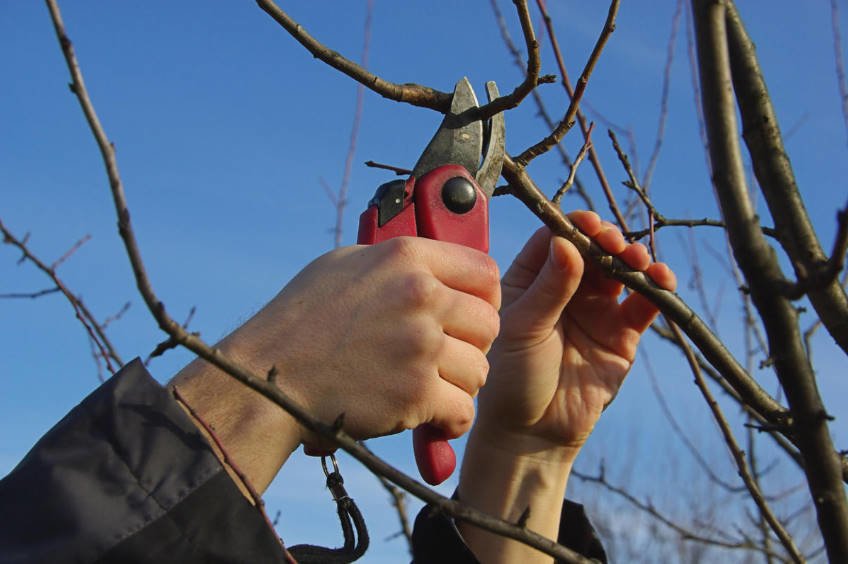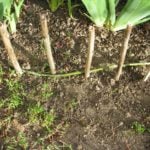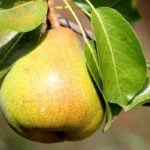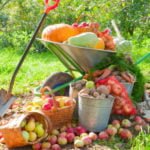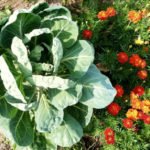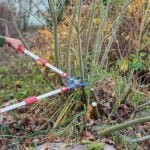Experience shows that it is necessary to start a conversation about cutting plants in the garden from the very basics, since it is in them, in the basics, that gardeners make serious mistakes, which are then difficult to correct and which can lead to the death of the plant.
The timing of pruning
One of the first mistakes is the wrong time to work.
In the southern regions, pruning of fruit (seed) and stone crops begins in March or even in February, when the trees and shrubs are in a dormant period, and ends with the beginning of budding.
In the northern regions, early pruning is undesirable, since by the time the sap flow begins, and therefore by the beginning of overgrowth of the cut with wound tissue, the edges of the cut, even if covered with garden brew, will wither from severe frosts, and the cut will grow slowly and poorly. Therefore, in practice, a later start of pruning is recommended. It begins when the average daily temperature consistently exceeds zero.
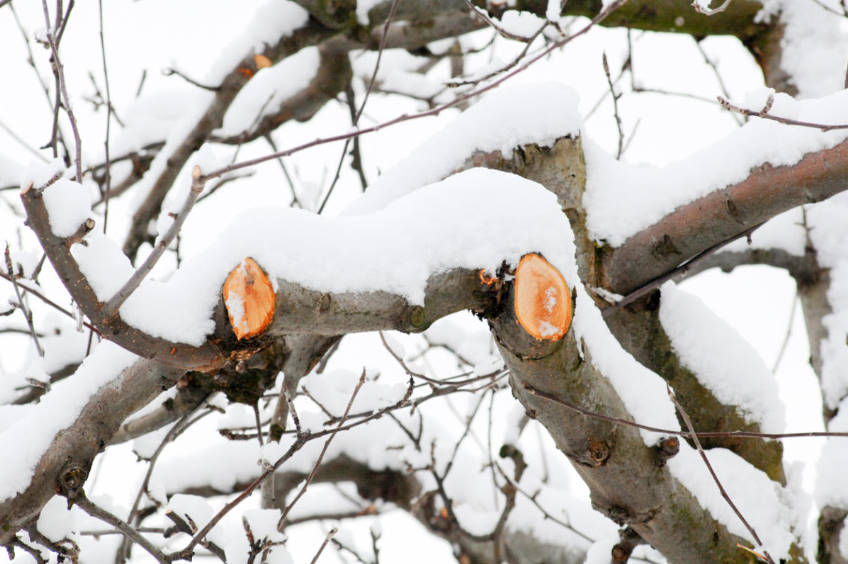
In the northern regions, early pruning is undesirable
In addition, for northern gardening, the rule is very important: pruning fruit trees should be carried out only after a relatively warm winter, when there are minimal traces of freezing and winter drying on the trees. After severe winters, pruning is undesirable.
The experience of gardeners in the Northern regions who prune weakened plants and plants with active sap movement at the beginning of the growing season (grapes, lemongrass, actinidia) is interesting only after the buds have bloomed on the plant. This period is selected for two reasons:
- first, such a late pruning allows you to saturate the shoots with growth substances (auxins) before the leaves are colored – they are formed in the bud, and the more buds on the plant, the more growth substances in it, which after pruning stimulate its further development;
- secondly, on plants that begin to ” cry ” after pruning (the same grapes), pruning after the rupture of the kidneys allows you to get rid of this phenomenon, thereby achieving early growth and extending the growing season by about 10 days.
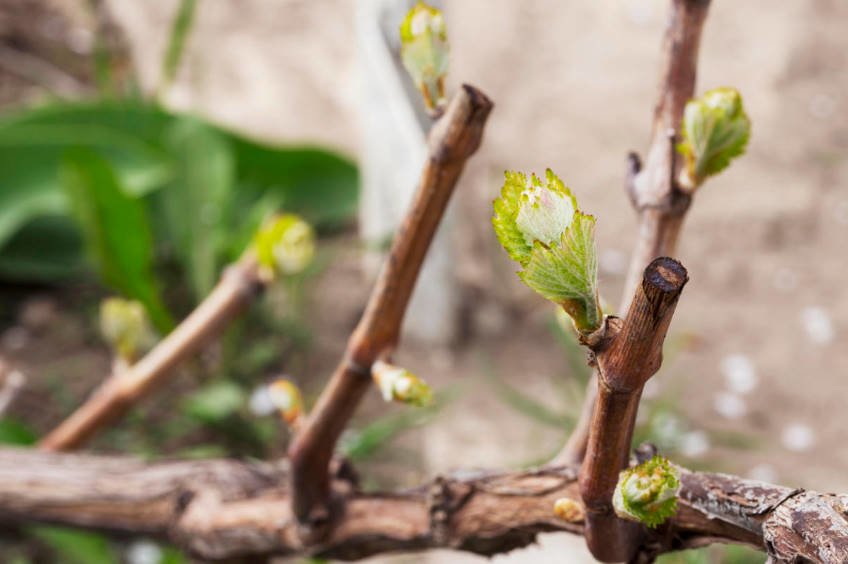
Plants with active sap movement at the beginning of the growing season are best cut after budding
Error when pruning large (skeletal) branches
It would seem that there is nothing easier than to cut down a branch on a tree. However, in this “simple” case, the number of errors is very high.
First, gardeners often cut off large branches (with a diameter of more than 1-2 cm/0.4-0.8 in) with hacksaws that are not suitable for this purpose, while there are special tools. The right hacksaw has a narrow and rather thin blade, so that they can work in the forks of branches, and the teeth are medium-sized to leave a minimum of mockery on the cut branch.
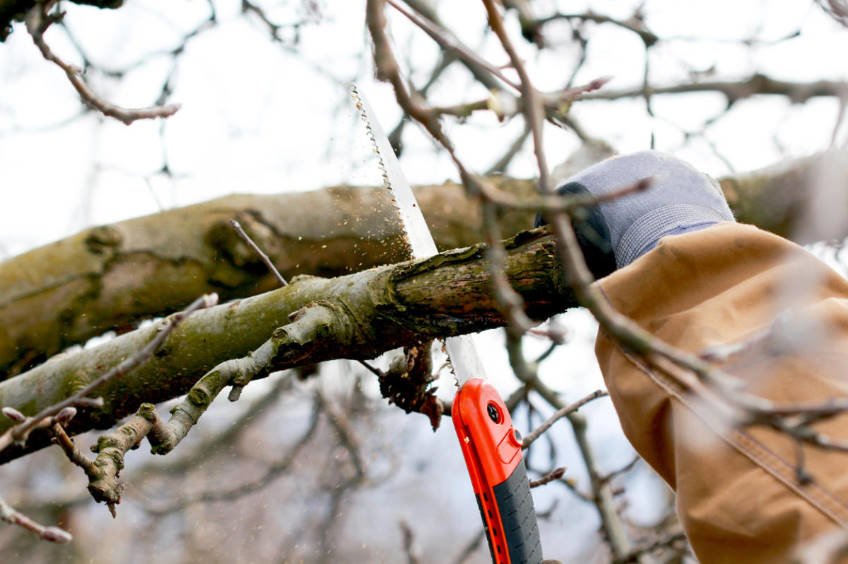
You need to use the right pruning tools
About the torn fabrics on the edge of the cut branch-a separate conversation. Here, an amateur gardener should remember: torn fabrics on trees do not overgrow well, so even after pruning with a good garden hacksaw, it is advisable to correct the edges of the sections with a very sharp (preferably grafting) knife. And of course, after that, cover the slices with a garden brew, a layer of at least 2-3 mm (0.08-0.1 in), so that the fungal spores do not settle on the cut, which will later lead to the formation of a hollow.
Secondly, if the gardener has to remove a very large branch, it is better to do it as follows: first, make a cut about 30-50 cm (11.8-19.6 in) higher than necessary, so that during the second pruning, the bark (and sometimes wood) is not bullied, which will further complicate the overgrowth of the cut. That is, the first pruning will “unload” the branch, and the second will make a high-quality cut without bullying.
And third (very important!) the gardener must choose the right place for the cut. If you look closely, it is easy to find that a branch of a higher order of branching passes into a branch of a lower order through a small circular tributary. It is at the edge of this influx that it is necessary to cut. If you break this rule and make a cut too close to the left of the plant on a branch or trunk of a tree, it will be too large, will grow slowly, and this can lead to the formation of a hollow and, eventually, the death of the plant. If you make a “stump” on the cut — above the ring-influx (even a few centimeters) – this will also prevent the rapid overgrowth of the left wound and further tissue necrosis, parasitic fungus, hollow and all other problems…
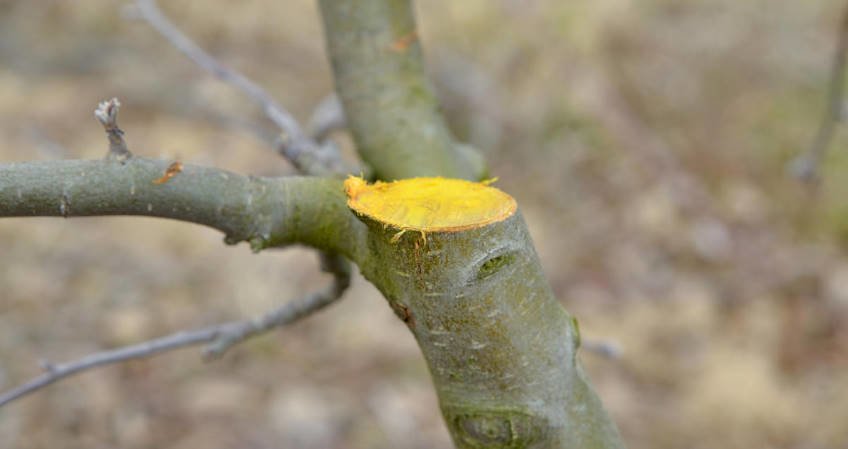
The gardener must choose the right place to cut, otherwise problems are inevitable
Cutting a branch is sometimes justified on plants in which the wound tissue is formed slowly: cherry, plum, apricot, pine, lilac… These crops can be cut off in two years. In the first year, pruning is carried out with hemp-this will cause a faster growth of the influx, and in a year or two, carry out the final pruning along the edge of this influx, and the wound will grow faster.
Often, when pruning branches that grow close to each other (forming an acute angle, fork), it is impossible to find a tributary ring. In this case, the cutting of one of the branches is carried out so that the cut ends at the lowest point of the fork, and most importantly, that the hacksaw at the time of cutting is strictly perpendicular to the axis of the cut branch — in this position, the cut area will be minimal, which is very desirable.
Be careful, remember that mistakes made during pruning are often very difficult or even impossible to correct, and their price may be the health of the plants and the future harvest.
